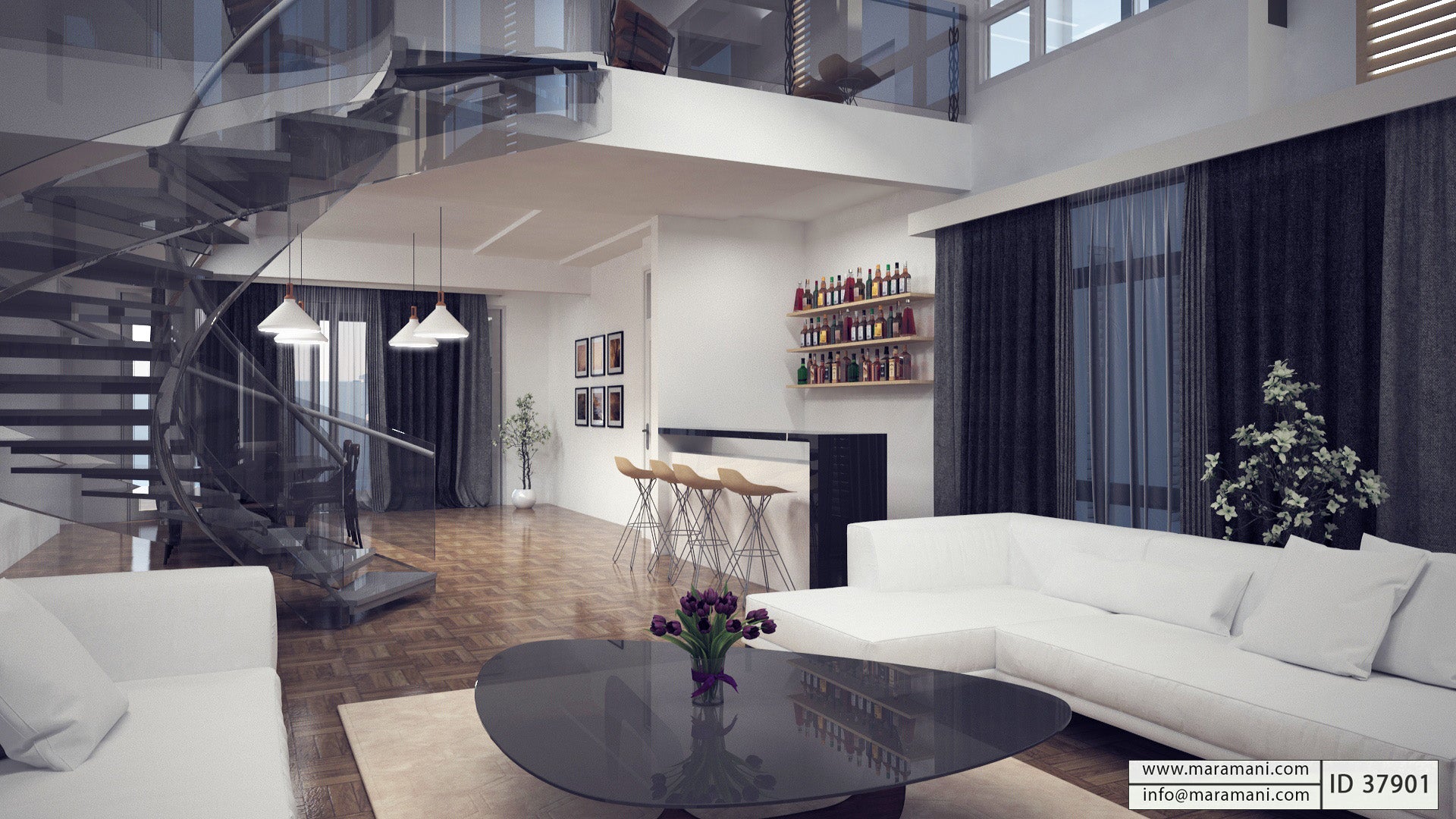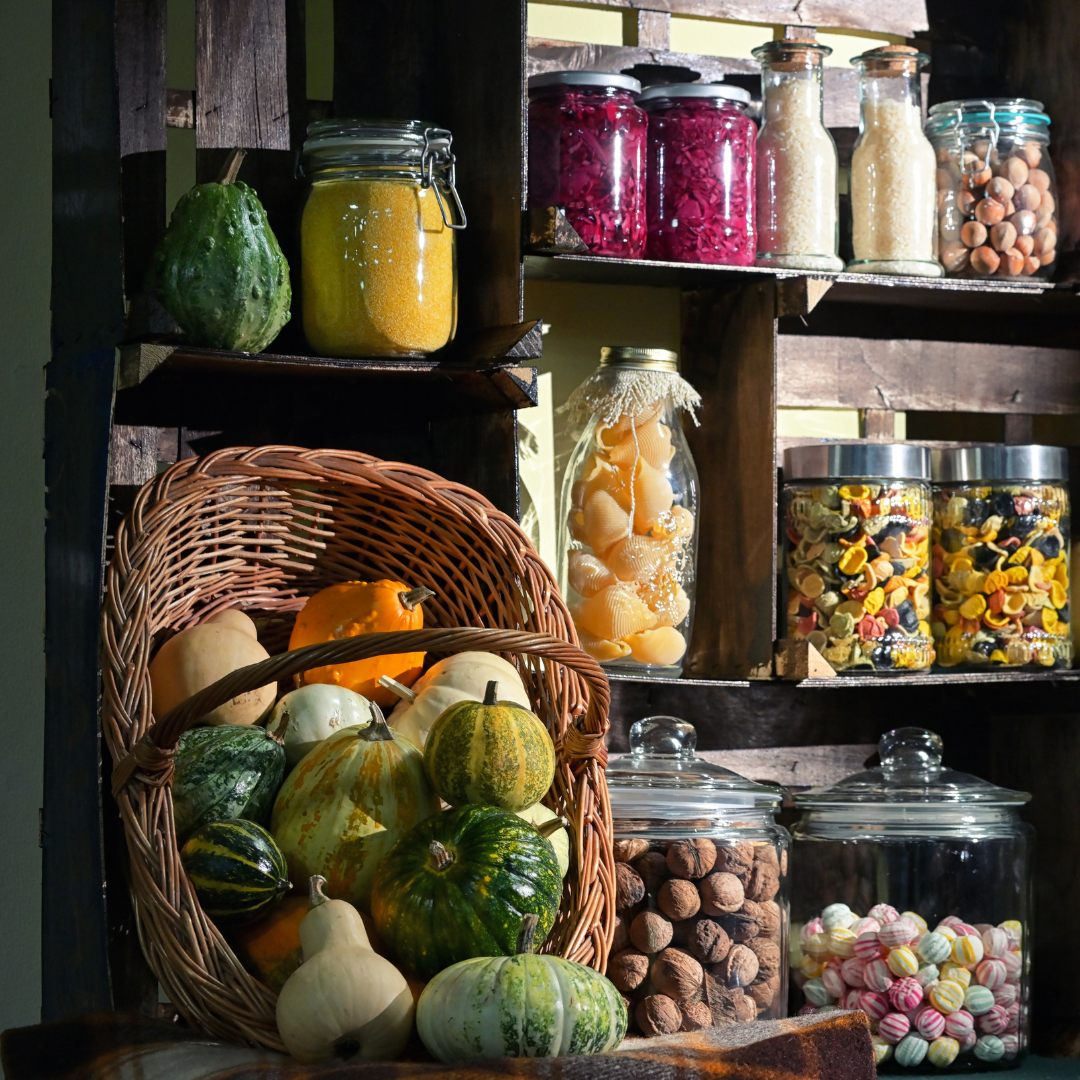The dining room is one of the spaces within the home that experiences large amounts of traffic.
Family members and guests alike are treated to meals within the dining room. As such, it needs to be:
- Striking and stylish enough to feel cozy;
- Comfortable;
- And, an interesting place to eat
Dining Room Walls

Since the dining room is one of the pivotal social hubs of the home, you can use natural tones such as creamy nudes and soft browns on the walls. These act as an attractive base for soft furnishings that can be refreshed often.
Add brightly-colored and patterned cushions to dining room chairs, and drape some colorful artwork on a bare wall that frames the dining table.
Another creative way of personalizing a dining room is by placing densely patterned wallpaper that gives the feeling of cocooning occupants that have sat down to enjoy a meal.
A statement pattern can help you make a large room feel smaller, and this is commonly achieved by using small format prints. For small spaces, consider the opposite, since large prints add some dynamism to walls that surround a limited space.
Centerpieces

Dining rooms are mostly anchored with a large dining table (the centerpiece of the space). A stylish dining table can be complemented by creatively designed chairs that stand out to give the room some personality.
An ideal dining table should be adorned with a centerpiece that is well above or lower than the eye line. Such placement will maintain visual communication which is essential when dining with multiple people. You can align the centerpiece to a common theme such as animals, birds, floral arrangements, and other modern ornaments.
You can keep the focus centered on a dining table by using votives, candlesticks, bases, and low-level background lighting.
Use Natural Light

Considering that dining rooms are used similarly during the day and the night, you may want to consider how much natural light figures into the equation.
For this reason, dining rooms are best served when they are near large windows at the side and the back of the home. This ensures you get to enjoy some natural light when eating during the day.
If you have a large windowed area near the back or side of the house, you can use this for a secondary function other than to provide a flood of light for your dining room. Giving your guests a view of your backyard and other interesting scenery as a backdrop can bring some of the benefits of outdoor dining while retaining what you like about enjoying your meals indoors.
A creative idea is to fit an oversized pendant lamp above the dining table. This fits a circular table quite well and creates a striking focal point in the dining area without being overwhelming up close or leaving the edges of the room unlit.
Floor Design

The flooring options for dining rooms tie up the whole décor and design language. For a calm and neutral color scheme, a monochrome checkerboard flooring complements the room and can be paired with warm-toned wooden furniture to create an inviting and welcoming aura.
This is a classic black and white flooring option that can make a minimalist design feel effortlessly sophisticated. The monochrome palette features an enduring appeal that never seems to go out of style.
You can consider choosing a rug that fits your choice for a dining room, as this will help you circumnavigate the costs and hassle of redoing your floorboards.
Ornate cutlery storage

Interior designers reckon that a built-in cabinet meant for storing cutlery and other dining room items can be a warm and welcoming backdrop. These cabinets can be used to display treasured possessions, candles, family photos, and other decorative pieces, adding an aesthetic function to the storage utility.
For a clean and uncluttered appearance in your dining room, you can invest in sleek and modern built-in cupboards, as opposed to busy surfaces and open shelves. You can match the finish to the wall of the dining area so that the fixture blends into the environment, thus standing out less.
You can further hide dining room clutter by using a low-slung sideboard, which is a classic fixture. They were traditionally used to store formal china, glassware, and cutlery. You can repurpose them to hide family games, and home office paperwork that has become a staple of modern living.
Mix and match concepts

You can pair some of the features mentioned above with each other to end up with a space that really showcases your personal touch to guests. This can be achieved by pulling together staple pieces regardless of style or era.
A good example is using a rectangular monolithic oak table with bright white walls and a dangling light fixture that hovers above some ornate vases on the table. Pair this with minimalist frame design chairs, a colorful art piece, and a Persian-style rug.
This is not only elegant, but it demonstrates an ornate sense of style with simple placements that combine to make a striking visual statement.
Many modern homes feature open plans, and these necessitate the planning of a coordinated look that naturally flows from a kitchen, living room, and other areas into the dining room.
The easiest way to realize a coordinated look is to use similar color palettes throughout. Ensure that you pick a consistent tone that carries over from one space to another, and pick one or two eye-catching colors that appear at different ends of the room.
Conclusion
A dining room features multiple elements like lighting, furniture, walls, and floors that need to be coherently tied together with a design language that reflects preferences and personal taste.
Take your time and envision the space you will be enjoying lots of meals with loved ones, and are unlikely to end up with regrets. Browse some more design cues and decorating ideas for dining rooms to find something that strikes your fancy.






Leave a comment
This site is protected by hCaptcha and the hCaptcha Privacy Policy and Terms of Service apply.